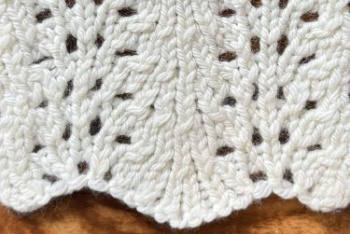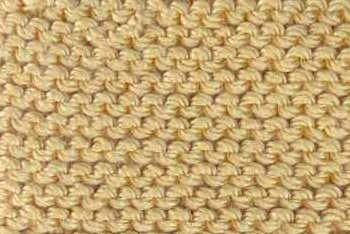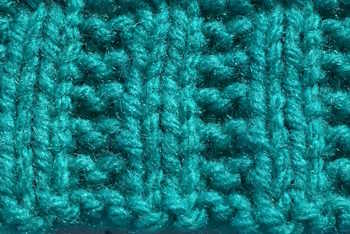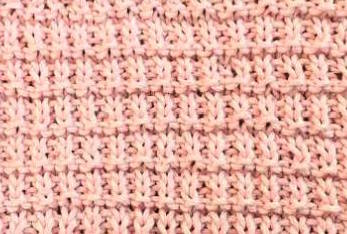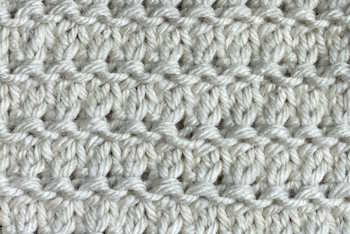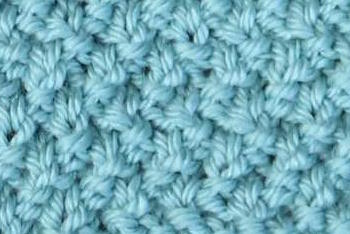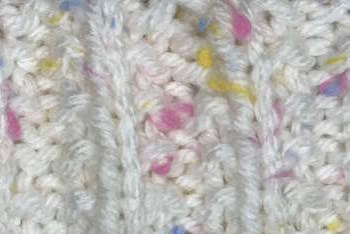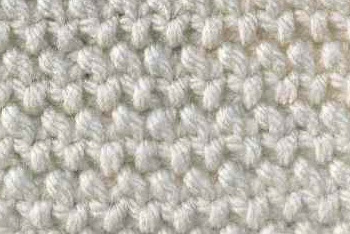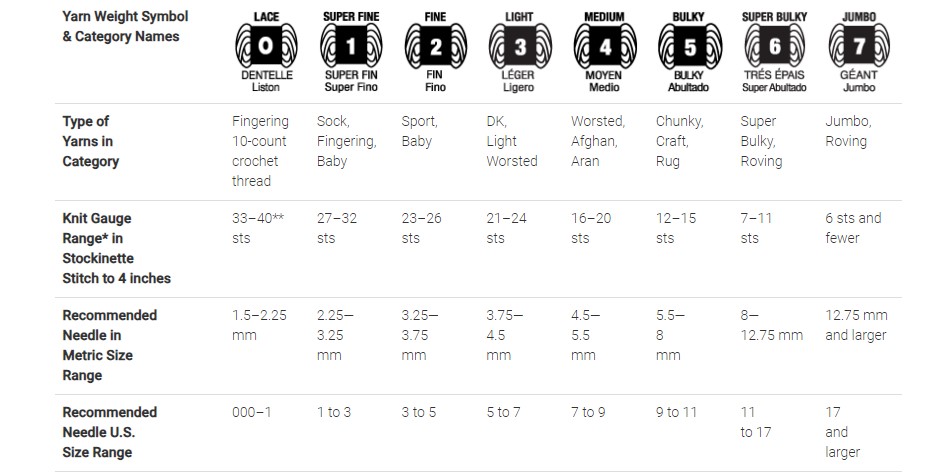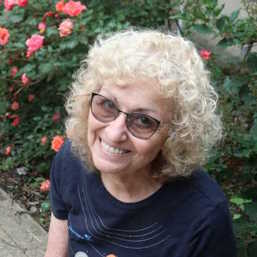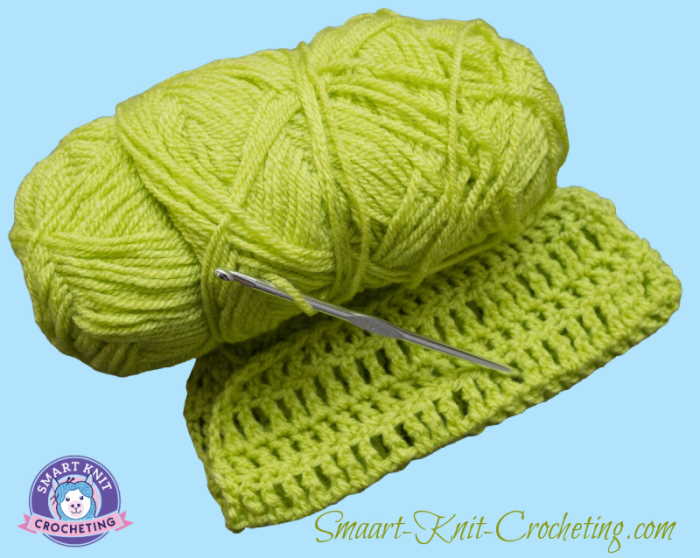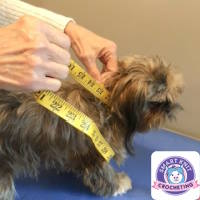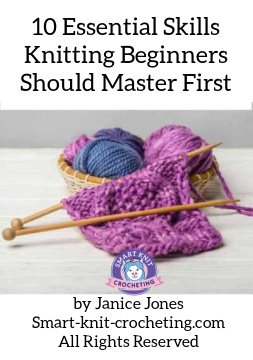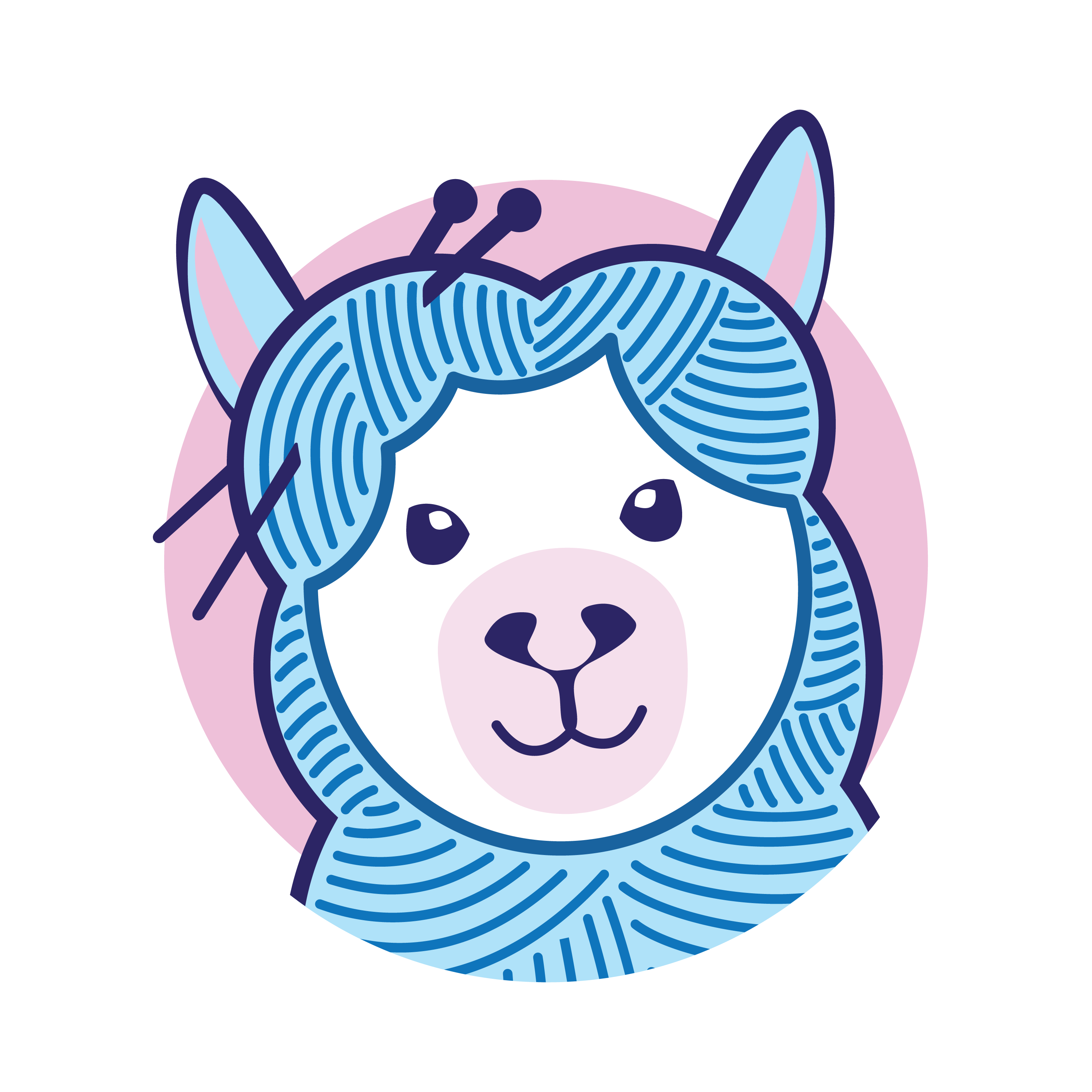- Home
- Easy Beginner Knit Projects
- Best Stitches for Knitting Scarves
24 Best Stitches for Kniting Scarves
Best Stitches for Kniting Scarves by Janice
Knitted scarves are a popular way of staying warm on cold days, but they also play a prominent role in fashion and self-expression. With the resurgence in popularity of knitting as a relaxing, therapeutic hobby, wearing scarves has also made a comeback.
Many beginning knitters start with a scarf as their first project. If you can make a knit (garter stitch), you can make a scarf.
Confession:
That was my first project as a child, but since I had a very short attention span, my scarf was also very short, and after all that work, I never wore it. I’m hoping I can help you, so you don’t make the same mistake.
So, if you’re a beginner and haven’t mastered reading patterns, I hope the information on this page will help.
Even if you are a seasoned knitter, it’s always fun to design a project from scratch. Before you get out those needles, let’s consider a couple of things.
Choosing the Best Stitches for Knitting Scarves
Before Choosing the Best Stitches for Knitting Scarves, Let's look at these four criteria:
- What kind of yarn do you want to use?
- How textured or smooth do you want your scarf to be?
- What is your skill level?
- Do you want the scarf to be for cold weather or an accent for a summer dress?
A. The Type of Yarn Used to Make a Scarf
There are many options, and therefore, the choice may be difficult.
Synthetic Yarns
Synthetic yarns such as polyester or acrylic are popular because they are generally cheaper and readily available. They’re also machine washable, making them desirable, especially for those who have allergies.
Acrylic is likely the best choice for beginners just learning how to knit. However, they may not be the softest choice, so many prefer another type of yarn, especially considering the scarves are worn around the neck and close to the skin.
Animal Based Yarns
Animal-based yarns are a trendy choice. They are warm, soft, and easy to block. Alpaca may be one of the warmest yarns. Wool is also an excellent choice.
Items made with wool hold their shape and are breathable. They come in a vast selection of blends and color choices. Merino Wool, from Merino sheep, is highly praised for its soft, smooth texture. The downside is that it must be hand-washed, and some are allergic to wool. It may also be more expensive.
An alternative is to use superwash wool, which is still very soft but can be machine-washed. Wool scarves are perfect for cold-weather fashion.
Plant Based Yarn
Cotton and other plant-based fibers are popular for spring and fall weather. They are easy to wash and affordable, and most people can tolerate cotton near their skin because it won’t irritate sensitive skin. Cotton is lightweight and breathable and comes in tons of colors, as well as blends.
Linen yarn is also an excellent choice for springtime wearables. It has a natural wax coating that adds a light sheen. Very durable and strong, linen is often combined with other fibers. It is machine washable but not very stretchy.
Bamboo is also a good choice for spring and fall. It is soft, non-allergic, and highly sustainable. It can be expensive and is not as strong as other fibers, so it is often sold as a blend.
Silk is probably the ultimate yarn for warm weather wear, but it is also the most expensive. It’s smooth and soft, strong and shiny, and a great choice for a lacy shawl, or an heirloom scarf.
How the Yarn Weight Matters
Beyond the type of fiber used in the yarn you use is the weight of the yarn. I have covered this in my comprehensive guide to yarn. For this guide, let's look at the practical aspects of yarn weights.
Understanding Yarn Weights

The bulkier the yarn you choose, the larger, thicker, and warmer the scarf. Scarves worked with bulky and Super bulky yarn and big needles are fast projects that can be completed quickly. Consider a thicker yarn for a quick gift (CYC # 5,6).
Remember, the thicker the yarn, the larger the scarf, so if you want a super thick, oversized scarf, go for the bulky yarn. If not, steer clear and consider DK or worsted-weight yarn (#3 or #4).
A medium-weight yarn, such as worsted weight (CYC #4), is a good choice for beginners wanting to practice their stitches. The lighter weight, #3, may produce the perfect drape and comfortable scarf.
There is no reason to use only one stitch pattern. A scarf may be the perfect project to try out many stitch patterns.
The Desired Texture of the Scarf
Before choosing a stitch, consider how textured you want the scarf to be. If a smooth, flat surface is desired, use a stockinette stitch. That said, a solid stockinette stitch scarf will curl up on the sides and the top and bottom, so add a border to help it lay flat.
For a little more detail, an eyelet stitch pattern worked within a stockinette stitch is doable for beginners and gives the appearance of lace.
Adding a cable or two to a basic stockinette stitch pattern will enhance the appearance, adding a touch of elegance to a simple design.
If you want the scarf to be more textured, there are many textured knit stitch patterns to choose from.
An easy garter stitch pattern like my first childhood scarf is a good choice, as is a rib stitch. If both sides of the scarf are likely to show, consider a reversible stitch pattern.
Skill Level of the Knitter
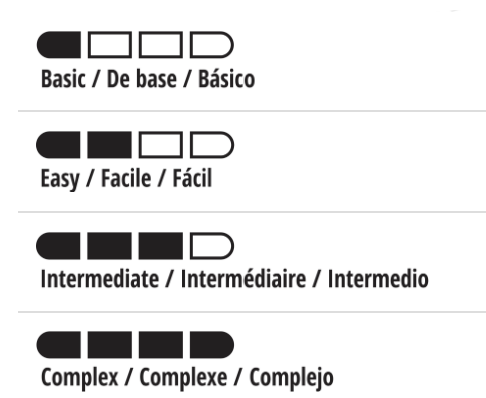
Don’t get in over your head. Beginners need to choose a pattern that will challenge but not overwhelm them. Some beginners see an intricate pattern they love, only to give up knitting because it is difficult.
Confession time again: I took a class all about easy scarf construction only to learn that it was all about lace scarves. Lace patterns are beautiful but not necessarily beginner-friendly.
Save that pattern until you gain some experience. Knitting is not something to master overnight. It requires practice and dedication.
That muscle memory we need to knit well takes time to develop. Trust me on this. I was one of those beginners who thought knitting was easy and I could do anything. Wow, was I ever wrong!
If you are working from a pattern, find an easy one based on the Craft Yarn Council’s project level. Choose a basic or easy one to begin.
If you want to knit a scarf without a pattern, pick a stitch that consists of knits and purls. Leave the more advanced techniques for later.
The Weather/Season the Scarf will be Used
Consider when you want to wear your new handmade scarf. Will you want it for the dead of winter? Pick wool or alpaca in a CYC # 4 or larger yarn weight. Acrylics are also warm and would be a good choice, especially if you plan to launder them frequently as they are machine washable.
Do you want a fashionable one for warmer days that still add warmth on a cool day? Cotton or a cotton blend is always a good choice for Spring. Also, consider bamboo, linen, or silk.
Characteristics of the Best Stitches for Knitting Scarves
Each of these stitches have several things in common:
- Lay Flat
- Reversible or Look Great on Both Sides
- Made with Knits and Purls
- Good for working with all types of yarn
- Good for Yarn Weights that are #3, #4, #5
Recommendations:
The more textured the stitch, the better it will look with solid smother yarn. This will show off your texture and stitch pattern.
Abbreviations
K - Knit
P - Purl
YO - Yarn Over
K2Tog - Knit Two Together as one stitch
Sl wyif - slip one with yarn in front
K1B - Knit one below
YRN - Yarn around needle
PSSO - Pass slip stitch over
SSK - Slip, slip, knit
P2tog - Purl two together
YO (yfrn) Yarn over around the needle and back to the front)
Best Stitches for Knitting Scarves
 Flag Stitch
Flag StitchScarf Construction and Size
Scarves vary in size, but there are general guidelines.
Traditionally, a scarf goes fingertip to fingertip when your arms are stretched out to each side. On average, this scarf will be about 60" long. Most short scarves are 55" long, medium scarves are roughly 70" extended, and long scarves are about 82" long.
Scarf Length and Width
Scarves vary in size, but there are general guidelines.
Traditionally, a scarf goes fingertip to fingertip when your arms are stretched out to each side. On average, this scarf will be about 60" long.
Most short scarves are 55" long, medium scarves are roughly 70" extended, and long scarves are about 82" long. More information at the Craft Yarn Council.
Scarf Length
Short: 55 inches
Average: 60 inches
Medium: 70 inches
Long: 82 inches
Scarf Width
Skinny Scarf: 4 inches wide
Average (Men and Women): 5 – 7
Infinity: 8 - 11
How Many Stitches to Cast On
Here is a way to determine how many stitches to cast on for your scarf project.
These are rough estimates based on the weight of yarn you choose and the width of the scarf you desire. It’s always best to work with a gauge swatch before beginning a project to ensure the size of the scarf is what you expect.
Based on Craft Yarn Council:
- Referring to the chart, locate the yarn weight you plan to use.
- Identify the average gauge for that yarn’s weight.
- Choose the size needles you want to use in either US or Metric Sizes.
- Either make a gauge Swatch or make an estimate: Take the number of stitches in the knit gauge range and divide that number by 4 to get the average number of stitches per inch.
- Multiple the number of stitches per inch by the scarf width you wish to make.
Remember, this is just a rough estimate. Work a gauge swatch about five by 5 inches square to determine it and figure out your gauge precisely.
Example
- I’m using a Number 4, Worsted weight yarn with an average gauge of 16 to 20 stitches per four inches.
- I want to make a scarf that is 6 inches wide.
- After making a gauge swatch using the stitch pattern I want to use for my scarf, I learned that I make 19 stitches, or approximately five stitches per inch, using a size US 7/4.5-mm needle.
- I multiply 5 x 6 and get 30.
- I’ll cast on 30 stitches.
How Much Yarn Will I Need to Make my Scarf?
That’s usually the next question people ask before starting a new project. May I suggest two rough ways to estimate how much yarn you will need.
- Go to the Lion Brand Website and check out their chart: Using this chart I will need 375 to 500 yards.
- The TwistedYarnShop.com has a formula for a rough estimate of needed yarn if you are using a #3, 4, or 5 weight yarn.
Formula for Determining Amount of Yarn:
Length x Width x Gauge /6.
If I use this formula: 60 inches long x 6 inches wide x my gauge 5 using worsted weight yarn/6 =300 yards.
I think I’ll play it safe and buy a little extra yarn, just in case!
Best Stitches for Knitting Scarves: Conclusion
In conclusion, knitting scarves is a great project for beginners and a fun, creative activity for advanced knitters. The type of stitch, yarn, and the intended use of the scarf (for warmth or fashion) all play a significant role in determining the outcome.
While the texture and pattern depend on personal preferences and skill level, the type of yarn significantly impacts the comfort and usability of the final project. There are many choices from synthetics like polyester and acrylic to animal-based options like wool and alpaca and plant-based yarns like bamboo, cotton, and linen.
Ultimately, selecting the perfect combination of yarn, stitches, and designs can distinguish between an ordinary scarf and an extraordinary one. Patience, practice, and creativity are vital to mastering the art of knitting scarves. Happy knitting!
Best Stitches for Knitting Scarves: Reference
Interweave Knitting (www.interweave.com/knitting/)
Craft Yarn Council (www.yarnstandards.com)
Pin for Future Reference
About Janice
Though Janice learned to knit and crochet at a young age, she didn’t get serious about the crafts until obtaining this website in 2021.
Since then, she has not stopped creating and learning and is now a certified knitting and crocheting instructor through the Yarn Craft Council.
She is retired and lives with her husband and 8 Shih Tzu dogs. Her three adult children help in various roles. You might see Beth modeling some of my creations, Aaron is my technical assistant, and Nick tackles accounting.







